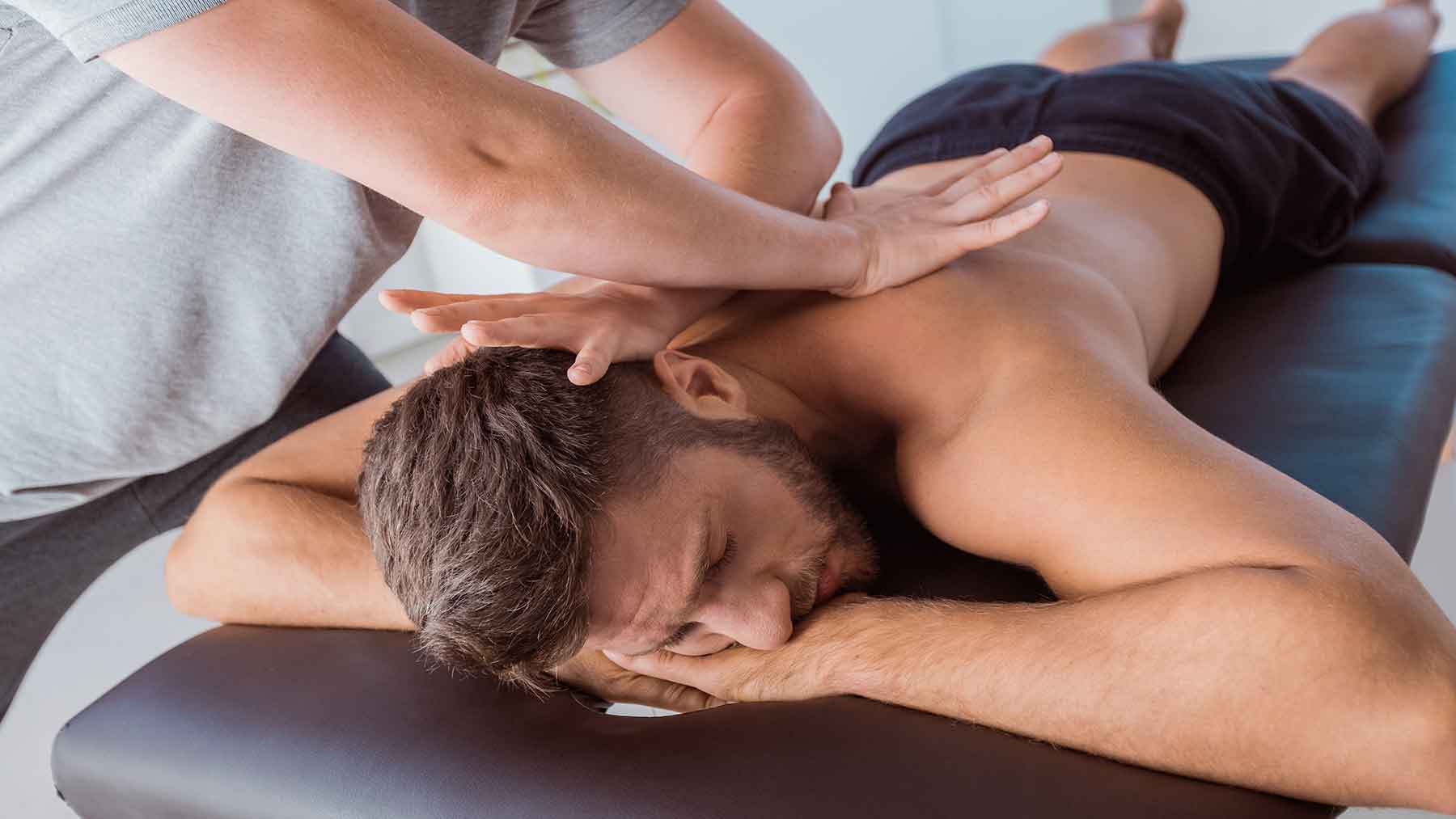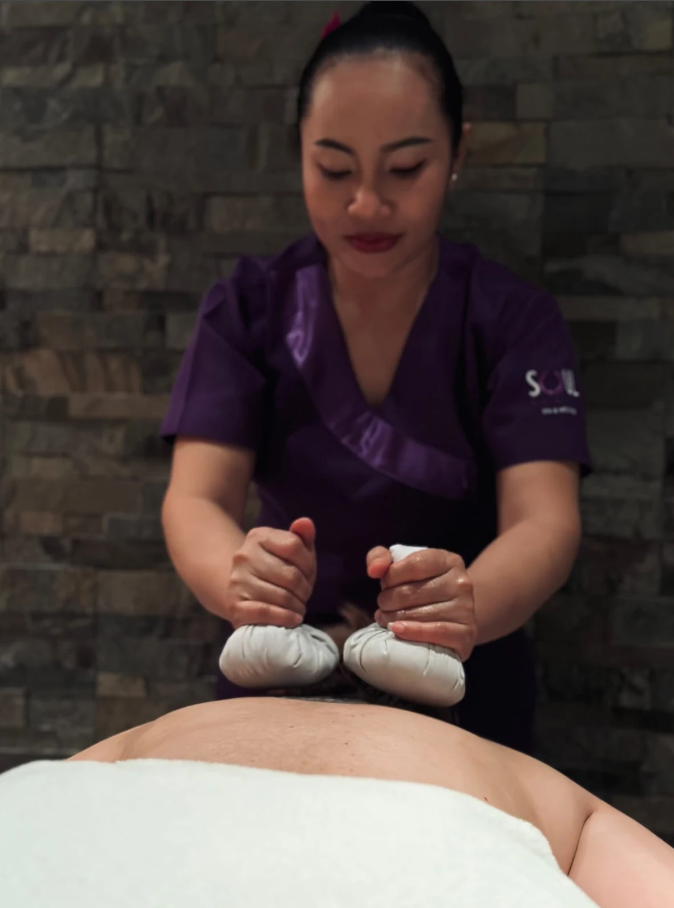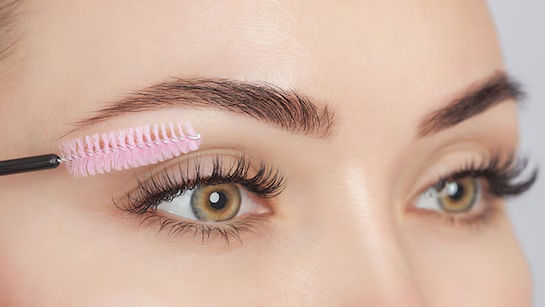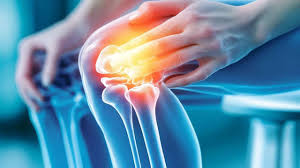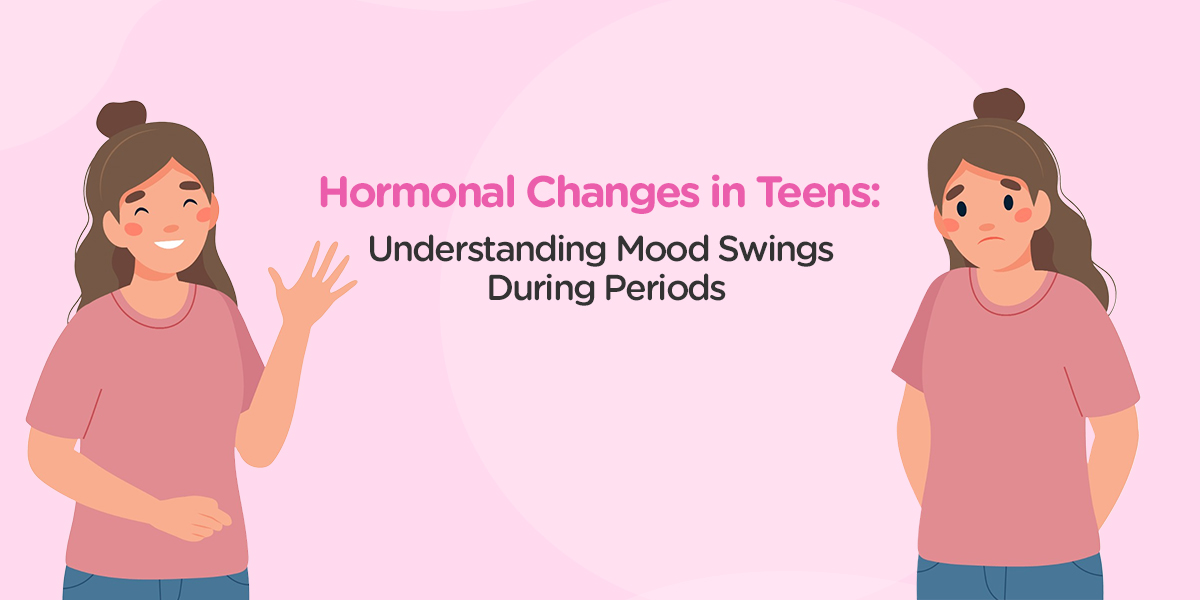How Massage Therapy Helps Reduce Chronic Pain
Chronic pain can take a serious toll on a person’s quality of life. Whether it stems from injury, illness, or unknown causes, long-term pain affects daily activities, mental health, and overall well-being. While medications and surgeries are common treatments, many people are turning to massage therapy as a natural, drug-free way to ease chronic discomfort.
In this easy-to-follow guide, we’ll explore how massage therapy help reduce chronic pain , the types of chronic pain it can help relieve, and why it’s becoming such a popular part of pain management programs.
What Is Chronic Pain?
First, let’s define what we’re talking about. Chronic pain is pain that lasts for 12 weeks or more, even after an injury has healed or the original cause has been treated. It can be mild or severe, constant or intermittent, and it often affects people both physically and emotionally.
Common conditions that cause chronic pain include:
- Arthritis
- Fibromyalgia
- Back and neck pain
- Migraines or chronic headaches
- Nerve damage (neuropathy)
- Injuries that didn’t heal properly
Now that we understand the issue, let’s look at how massage therapy comes into play.
The Basics of Massage Therapy
Massage therapy is the practice of manipulating muscles, tendons, ligaments, and soft tissues to improve circulation, reduce tension, and promote relaxation. It has been used for thousands of years across many cultures and continues to evolve with modern science.
Massage therapists use a variety of techniques, such as kneading, tapping, stretching, and applying pressure to target areas of tension. These methods help loosen tight muscles, improve blood flow, and reduce pain signals sent to the brain.
But how exactly does massage therapy help people with chronic pain? Let’s dive deeper.
1. Increases Blood Flow and Oxygen to Muscles
One of the key benefits of massage is improved circulation. When blood flow increases, more oxygen and nutrients are delivered to muscles and tissues, which promotes healing and reduces inflammation.
Improved circulation can also help clear out toxins that build up in the muscles, contributing to pain and stiffness.
Transition: This is especially helpful for people with back pain or injuries that haven’t healed properly.
2. Reduces Muscle Tension and Spasms
Tight muscles often go hand-in-hand with chronic pain. Massage therapy relaxes these muscles, easing tension and reducing spasms that may cause or worsen discomfort.
For example, people with fibromyalgia often experience widespread muscle pain and stiffness. Regular massages can soften tense areas and provide much-needed relief.
Transition: Beyond the muscles themselves, massage also has a big impact on the nervous system.
3. Calms the Nervous System
Massage stimulates the parasympathetic nervous system—the part responsible for rest and relaxation. This helps lower stress hormones like cortisol while increasing feel-good hormones like serotonin and dopamine.
These hormonal changes can make you feel more relaxed and less anxious, which naturally reduces the perception of pain. Less stress also means better sleep, which is essential for healing.
Transition: Not only does massage work physically, but it also offers emotional and mental benefits.
4. Improves Mental Health and Mood
Living with chronic pain often leads to emotional challenges, such as anxiety, depression, and frustration. Massage therapy supports emotional well-being by creating a calming environment, releasing endorphins, and providing a sense of care and connection.
Some people even describe their massage sessions as therapeutic and meditative.
Transition: Now that we know the general benefits, let’s explore which types of massage are best for managing pain.
Types of Massage for Chronic Pain Relief
There isn’t a one-size-fits-all approach when it comes to massage therapy. Different techniques serve different purposes, and the right one for you may depend on your specific condition.
Here are a few popular options:
1. Swedish Massage
- Gentle and relaxing
- Best for general muscle tension and stress relief
2. Deep Tissue Massage
- Targets deeper layers of muscles
- Ideal for chronic muscle pain, knots, and injuries
3. Trigger Point Therapy
- Focuses on tight spots that cause pain in other areas (referred pain)
- Commonly used for headaches and neck/back pain
4. Myofascial Release
- Works on the connective tissue around muscles
- Useful for conditions like fibromyalgia and post-surgery recovery
5. Sports Massage
- Designed for athletes
- Prevents injuries and improves performance, but also useful for overuse injuries
Transition: Regardless of the technique, consistency is key to getting the most benefit.
How Often Should You Get a Massage?
The frequency of massage depends on your level of pain and your lifestyle. Some people benefit from weekly sessions, while others may go bi-weekly or monthly. Starting with regular sessions and then adjusting based on how you feel is a good strategy.
It’s also important to combine massage therapy with other treatments or exercises your doctor recommends. Massage isn’t a cure-all but can be a powerful piece of the pain relief puzzle.
Transition: Speaking of professional advice, always check with a healthcare provider before beginning a new treatment.
When to Talk to a Doctor
Massage therapy is generally safe for most people, but certain medical conditions may require extra caution. You should consult a doctor if you have:
- Blood clotting disorders
- Recent surgery or fractures
- Severe osteoporosis
- Skin infections or open wounds
- Cancer or undergoing treatment
Your doctor can help determine whether massage is appropriate and recommend the best type of therapy for your needs.
Transition: In addition to safety, it helps to know what to expect during a session.
What to Expect in a Massage Session
Most sessions begin with a short conversation about your health history, pain points, and goals. The therapist will then guide you to a quiet, private room where you’ll lie on a massage table, usually with soft lighting and calming music.
You can communicate during the session—let the therapist know if the pressure is too much, if you’re uncomfortable, or if there’s a specific area you want more attention on. Your comfort and trust are key.
Afterward, you may feel relaxed, slightly sore, or even energized. Drinking water and resting after your massage can help your body recover and absorb the benefits.
Transition: Beyond the treatment table, massage has benefits that extend into your daily life.
Lifestyle Benefits of Massage for Chronic Pain
Regular massage therapy can have long-term effects on your lifestyle. Many people report:
- Improved sleep quality
- More mobility and flexibility
- Fewer pain flare-ups
- Reduced reliance on pain medication
- A more positive outlook
These benefits can create a ripple effect, encouraging you to be more active, try other therapies, and take better care of yourself overall.
Final Thoughts
Massage therapy is more than a luxury—it’s a proven, practical method for reducing chronic pain and improving quality of life. Whether you’re managing back pain, arthritis, fibromyalgia, or muscle tension, regular massage sessions can make a real difference.
By increasing circulation, relaxing muscles, calming the nervous system, and boosting your mood, massage helps treat both the body and the mind. As part of a well-rounded pain management plan, it’s a gentle yet powerful tool to help you feel better, move better, and live better.
If you’re struggling with ongoing pain, talk to your healthcare provider and consider making massage therapy part of your healing journey. If you want to continue your journey and want more fitness and beauty tips visit https://venzec.icu/.
